Interactive Music-Making with Rhythm Instruments
You walk into a music therapy session and see a group of people singing, laughing, and playing instruments. The music therapist stands in the middle of the circle, guitar in hand, leading this fun-filled crew. You think, “Wow- this looks like an amazing way to spend an hour!” Believe us- it is! But what’s going on behind the scenes? What makes this different from your every day sing-a-long? Let’s break it down…
A common intervention that we implement as music therapists involves interactive music-making with rhythm instruments. As with many music therapy interventions, this experience strategically addresses numerous areas of functioning: communication, social skills, attention, cognitive skills, motor skills, independence, and self expression.
The experience goes as follows:
The therapist plays guitar or keyboard while singing a song (written specifically for this experience) that our clients come to memorize, sing, and enjoy! We incorporate our clients’ names into the song, as well as words that specifically describe the behaviors and actions that are relevant to the experience. For our clients with limited verbal communication and social skills, learning to sing these songs improves their expressive language and increases their repertoire of words with which to communicate in other areas of their lives. We incorporate a line into the song that cues our clients to choose an instrument to play; this cue requires our clients to listen and follow the directive, which exercises their attention and cognitive skills. Some of our clients are prompted to communicate, either verbally or non-verbally, their choice of instrument (further exercising communication skills). For our clients with limited gross/fine-motor skills, reaching out and grasping instruments exercises this important area of functioning. For our clients with limited independence skills, the simple task of reaching out and grasping instruments from a bag or drum, for example, is a motivating challenge for them that exercises their autonomy skills.
Then, it’s time to play! We enthusiastically encourage all of our clients to play each instrument, regardless of their musical skills. When it is appropriate, we use hand-over-hand physical prompting to assist our clients to play their instrument. Grasping and playing these instruments exercise our clients’ fine-motor skills. To address gross-motor skills, prompting is given for clients to play their instruments above their head, down low by their feet, to the left, to the right, etc. We implement musical strategies to support our clients’ instrument-playing: rhythmic matching, grounding, mirroring, and leaving spaces. While playing, we prompt our clients to play their instrument fast/slow/loud/quiet, etc (exercising attention/cognitive skills/self expression). More strategies can be tailored and implemented to address the needs and strengths of each individual client.
This experience is a demonstration of the unique, therapeutic power of music. On the surface, this intervention is a fun, music-filled song where clients are able to play and sing to their heart’s delight. Beneath the surface, however, are specific strategies that we implement to address the needs and strengths of our clients.

